Elms are deciduous and semi-deciduous trees and are components of many kinds of natural forests. Moreover, during the 19th and early 20th centuries, many species and cultivars were also planted as ornamental trees in garden and parks. However, in recent decades, most mature elms of European or North American origin have died from Dutch elm disease, caused by a microfungus dispersed by bark beetles. The species has many varieties or cultivars some quite frequently used for bonsai.
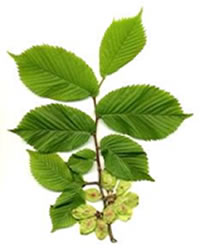
Elm foliage
Ulmus minor - English Elm
Probably the most well-known with long historical significance feature in many of the paintings of John Constable.
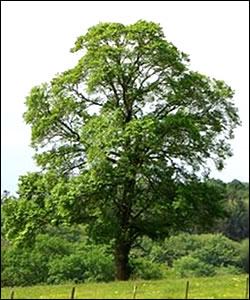
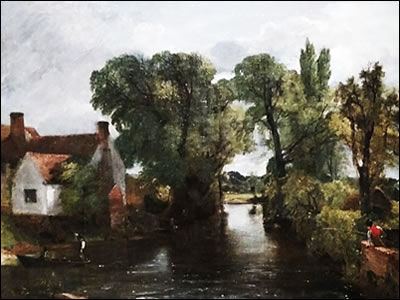
The tree typically grows to 30 m and bears a rounded crown. The bark is rough, furrowed lightly in older trees to form a block pattern. Young branches occasionally have corky wings. The shoots are slender compared with those of Wych elm. The species readily produces suckers from roots and stumps, even after devastation by Dutch elm disease. The species has a hugely variable reaction to Dutch elm disease, including all the fashionable pre-20th century plantsman's clones.
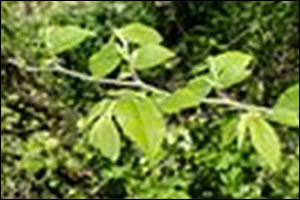
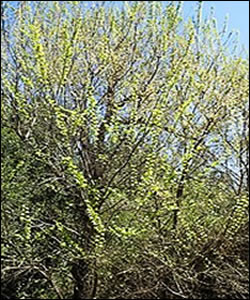
Sub species of the English elm is the canescens grey leafed elm, a small deciduous tree.
Ulmus glabra - Wych Elm
The Wych elm, Scotch elm or Scots elm, is the most common of the elm species to be found in Europe. The wych elm is shade-tolerant, but requires deep, rich soils, typically found along river valleys. However, if is intolerant of flooding, as of prolonged drought.
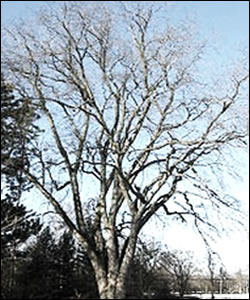
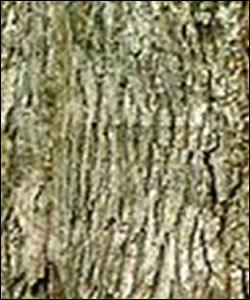

Ulmus parvifolia - Chinese Elm
Chinese Elm or lacebark elm semi deciduous resistant to but not immune from Dutch elm disease. It has a very fine small leaf and is semi deciduous retaining some leaves throughout all but the severest winters.
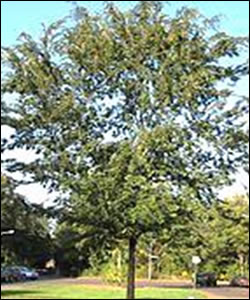
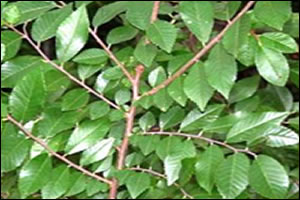
Ulmus pumila - Siberian Elm
The Siberian elm, is a tree native to Central Asia, eastern Siberia, the Russian Far East, Mongolia, Tibet, northern China, India and Korea. It is also known as the Asiatic elm and dwarf elm, but sometimes mistaken for Chinese Elm - Ulmus parvifolia, probably as it has a very small leaf. It not a tree that reaches a great age, rarely living beyond 60 years.
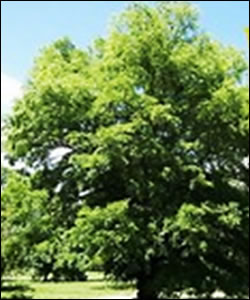
Ulmus - 'Jacqueline Hillier'
The dwarf elm cultivar Ulmus 'Jacqueline Hillier' ('JH') is an elm of uncertain origin. It was cloned from a specimen found in a private garden. Jacqueline Hillier makes a large shrub, then a small tree, initially of dense habit, but spreading with age if left unpruned. It bears small, double-toothed leaves 2.5 cm to 3.5 cm long on densely hairy twigs. In winter its 'herringbone' branches and branchlets prove it to be an elm, despite its shrub-like size. The tree is unlikely to attain the height at which it would attract the attention of the bark beetles that act as vectors of Dutch elm disease so although it is not immune, it appears secure against it.
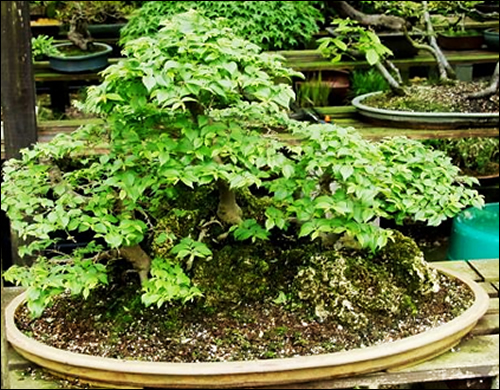
U.”Jacqueline Hillier” rock planting.
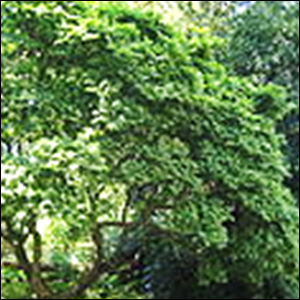
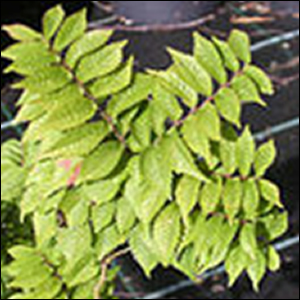
Grey-bark elm
Please click here for information of the Grey-bark elam asa it is also called the Zelkova serrata.
Elms as bonsai
A popular tree for bonsai, largely because of its naturally small leaves; it is very straightforward to grow and responds well to pruning. Keeping them in pots, frequently treated with pesticides and fungicides, does mean that may survive whereas in their natural environment, they would probably succumb to Dutch elm disease. Owing to its versatility and ability to tolerate a wide range of temperatures, light, and humidity conditions, Chinese elm is a popular choice as a bonsai species, and is perhaps the single, most widely available. It is considered a good choice for beginners because of its high tolerance of pruning. It is frequently sold as an indoor bonsai as it is also very tolerant of temperature and humidity variations.
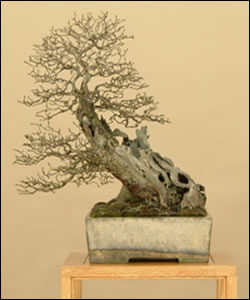
U. pumila
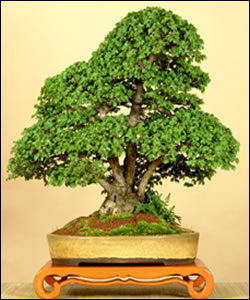
U. procera
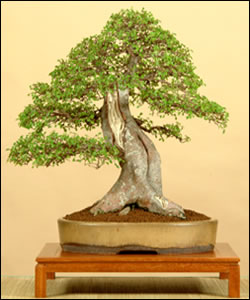
U. pavefolia
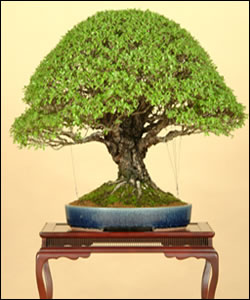
U. pavefolia
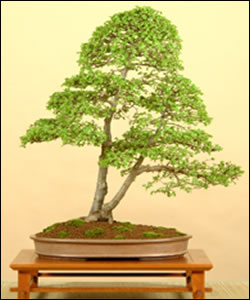
U. propavefoliacera
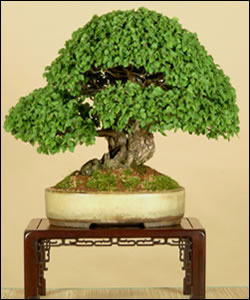
U. pavefolia
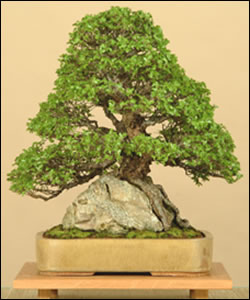
U. procera
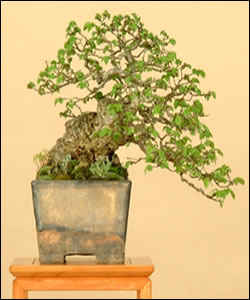
U. procera
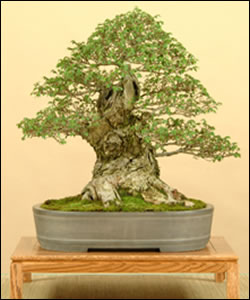
U. pumila